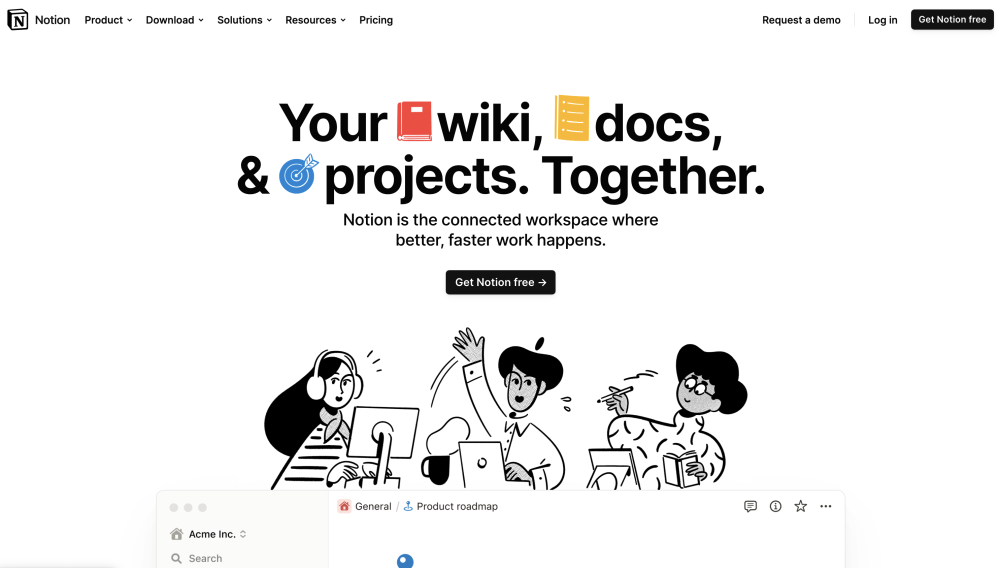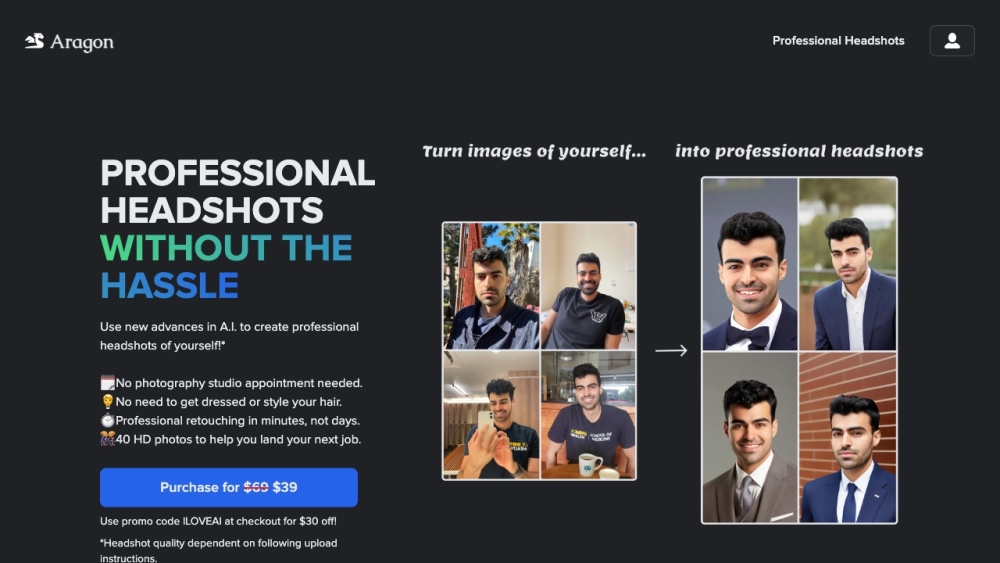Even with advanced moderation tools, the volume of player-generated content and communication continues to grow, leading to increasingly intense online discussions. In the recent GamesBeat Next panel, Hank Howie, game industry evangelist at Modulate, joined Alexis Miller, director of product management at Schell Games, and Tomer Poran, VP of solution strategy at ActiveFence. They discussed best practices for moderating gaming communities of all sizes and demographics, covering codes of conduct, strategies, technologies, and more.
This discussion is especially timely as privacy, safety, and trust regulations gain prominence. Poran emphasized that AI's growing capabilities are essential not only for detecting harmful content but also for creating it. This evolution in AI is crucial for updating content moderation strategies in gaming, which have historically lagged behind social media.
“Child safety and user safety are foundational in gaming, even predating social media. However, gaming is still catching up to social media in content moderation,” Poran explained. “We are observing a shift towards proactive approaches, with companies investing in advanced content moderation technologies like those from ActiveFence and Modulate.”
Just a few years ago, moderating voice content was nearly impossible, Howie noted. When the technology finally became available, it was prohibitively expensive. However, with Modulate providing affordable solutions, developers gained access to all spoken content in their games.
“Every company we’ve worked with has said, ‘I knew it was bad, but I didn’t realize it was this bad,’” Howie recalled. “The potential harm from online interactions is significant, but now we have technology to mitigate it.”
As moderation technologies improve, developers can customize their strategies. Miller stated, “Recognizing the diverse audiences across different games presents a significant opportunity. For instance, our audience is predominantly young, which influences what should be flagged—quite different from a casino gambling game.”
Safety by Design
Implementing a "safety by design" approach prioritizes protective measures from the outset, determining essential product features and establishing monitoring and enforcement guidelines.
“It involves asking not just what could go wrong, but how might someone seeking to cause harm exploit this feature?” Poran said. “Identifying unique risks for our specific games is vital.”
ActiveFence contributes to safety by design through "safety red teaming," where they simulate the behavior of bad actors to test games before launch and identify potentially exploitable features.
Implementing Codes of Conduct
“Once your community understands that certain behaviors are unacceptable, you’d be amazed at how quickly they adapt,” Howie stated. Engaging the game community in moderation helps eliminate toxic players.
“Our data shows that reducing toxicity can decrease churn by 15-20% for new and returning players,” he noted. “When players feel safe and respected, they are more likely to stay, play longer, and spend more.”
Miller added that codes of conduct must evolve over time to address unforeseen challenges. The Schell Games team carefully considers how to tackle moderation issues, such as cheating and child endangerment, especially given their young audience. They initially tested tools like ToxMod in a beta environment but found that real-world conditions were more challenging.
“Our beta community behaved quite differently from the live game participants, prompting us to revise our moderation policies,” Miller explained. “We learned that the live environment presented unexpected challenges that were worse than anticipated.”
Poran echoed the importance of adapting codes of conduct.
“There’s no use in crafting an extensive code of conduct only to find it doesn’t apply to your community’s issues,” he said. “Policy must evolve continuously based on community feedback and insights from moderators who highlight prevalent issues.”
“Challenges like radicalization, recruitment, racism, and misogyny are interconnected,” Howie concluded. “We have the technology available to address these issues effectively. Now is the time to enhance our efforts to create a better environment for all players.”





